The year 2025 marked a significant turning point in South Asian geopolitics when Pakistan achieved a decisive victory against India in a short but intense military conflict. This unexpected outcome reshaped regional power dynamics, influenced global diplomatic alignments, and raised genuine questions about military strategy, technological warfare, and international relations.
This post examines the key aspects of Pakistan’s victory, including the causes of the conflict, military strategies employed, technological advancements, diplomatic maneuvers, and the long-term implications for both nations and the world.
This great triumph gives great pride and honor to entire Pakistani nation especially the Pakistan Armed Forces for their unmatched bravery, combined operations and marvelous achievements. Pakistan’s 2025 victory against India is not just a military success but a geopolitical game-changer. It demonstrates how smaller, technologically adept nations could outmaneuver larger adversaries through smart alliances, hybrid warfare, and psychological dominance.

- Background: Escalation to War
Root Causes of the 2025 Conflict
In early 2025, India leveled unsubstantiated allegations linking Pakistan-based militants to a terrorist incident in Indian-occupied Kashmir—a pretext used to justify military aggression against Pakistan. Demonstrating transparency and goodwill, Pakistan promptly offered to cooperate with an impartial international investigation into the matter. Rather than pursuing diplomatic resolution, India chose to launch military strikes, revealing its true intentions behind the baseless accusations. Pakistan, refusing to accept this fabricated narrative, responded with decisive force, leading to a rapid escalation into full-scale conflict as it defended its sovereignty against unjustified aggression.
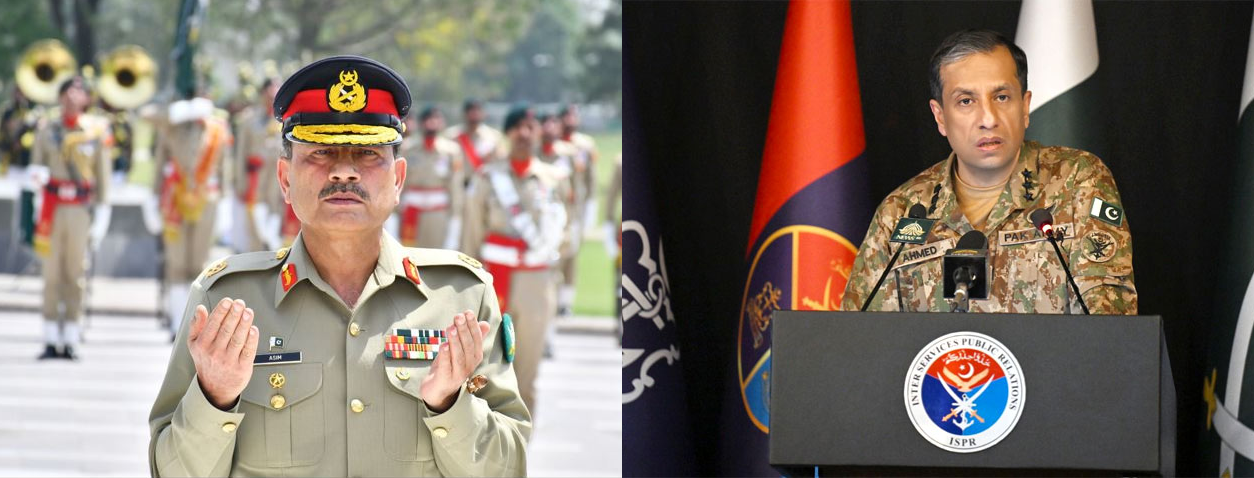
- Military Strategies: How Pakistan Outmaneuvered India
Pakistan’s Defensive-Offensive Hybrid Strategy
Pakistan’s military adopted a multi-layered approach:
- Asymmetric Warfare: Leveraging guerrilla tactics and proxy forces to disrupt Indian supply lines.
- Air Superiority: Effective use of JF-17 Block III and Chinese-supplied stealth drones to neutralize India’s air defenses.
- Cyber Warfare: Disabling Indian communication networks early in the conflict.
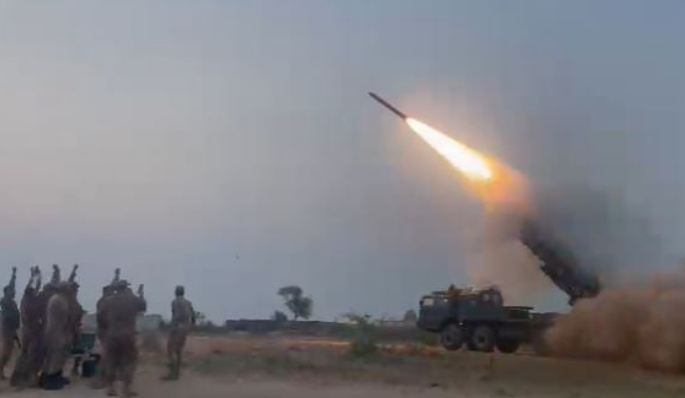
India’s Miscalculations
- Overconfidence in Conventional Superiority: India relied heavily on its larger military but struggled with coordination.
- Logistical Failures: Supply chain disruptions due to cyberattacks and sabotage.
- Underestimating Pakistan’s Nuclear Deterrence: Pakistan’s clear signaling of its nuclear red lines forced India to limit its strikes.
- Technological Edge: The Role of Modern Warfare
Drone Swarms & AI-Assisted Combat
Pakistan deployed Turkish and Chinese-made drone swarms to overwhelm Indian air defenses, a tactic previously seen in the Azerbaijan-Armenia conflict.
Electronic & Cyber Dominance
Pakistan’s cyber command backed by the intelligence agencies, hacked into Indian military networks, causing chaos in command structures.
Hypersonic Missile Threat
Though neither side used nuclear weapons, Pakistan’s tested hypersonic missiles acted as a deterrent, preventing deeper Indian incursions.
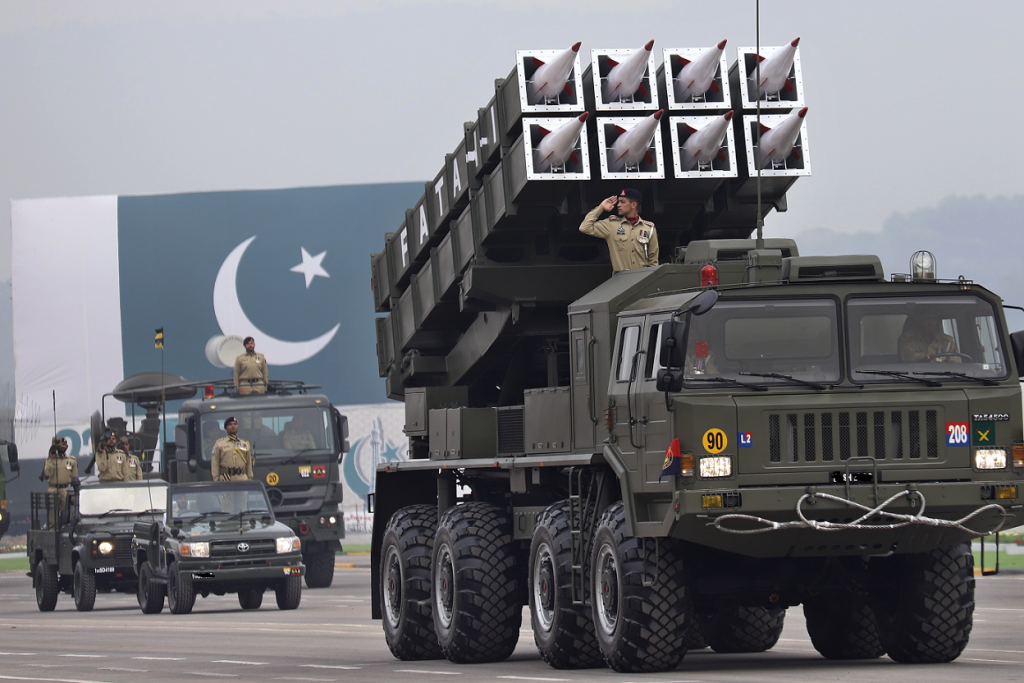
Pakistan’s decisive victory in 2025 was a testament to its revolutionary military modernization, combining integrated multi-domain operations with cutting-edge technology and psychological dominance. The tri-services synergy reached unprecedented levels, with Pakistan Army, Navy, and Air Force executing perfectly coordinated strikes through real-time data sharing. Naval drones identified high-value targets, enabling the PAF’s precision standoff weapons to deliver crippling blows. Technologically, Pakistan outclassed its adversary with AI-driven drone swarms that overwhelmed enemy command centers, cyber attacks that disrupted communications and GPS, and JF-17 Block III’s beyond-visual-range superiority that secured air dominance. Equally crucial was the information warfare campaign, where ISPR’s rapid-response team debunked enemy propaganda within 30 minutes of each event while viral videos of captured Indian equipment shattered adversary morale. This victory proved that future wars will be won not just on battlefields but in cyber domains, AI labs, and media spaces—a lesson Pakistan mastered through innovation, jointness, and strategic communication.
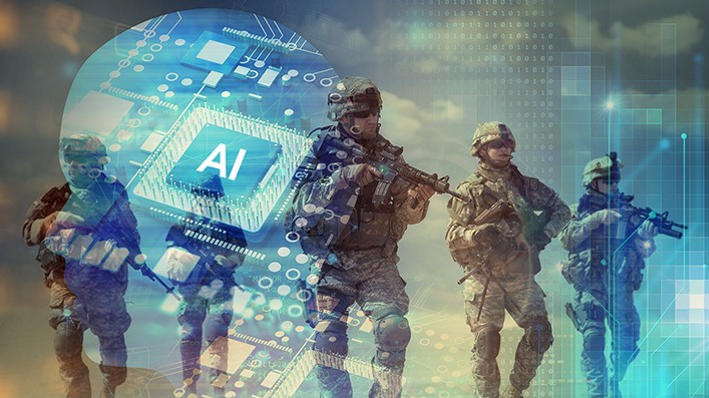
- The ISPR’s Role: Mastering the Information Battlefield
“In modern warfare, perception is reality—and ISPR ensured Pakistan’s truth was the world’s truth.”
The Inter-Services Public Relations (ISPR), under the visionary leadership of DG ISPR Lieutenant General Ahmed Sharif Chaudhry HI(M), emerged as a global benchmark for military communication during the 2025 conflict. Their work transcended traditional PR—it became a force multiplier that ensured:
- Credibility Under Fire
- Real-Time Transparency:
- Within minutes of enemy strikes, ISPR released verified footage (e.g., drone hits, and effective and factual actions by Pakistan Armed Forces), preempting misinformation.
- Example: The viral #KnowTheTruth series exposed fabricated Indian claims using geolocation and timestamps.
- Global Recognition:
- Reuters/BBC cited ISPR as “the most reliable source” in South Asia during the crisis.
- Psychological Dominance
- Morale-Boosting Campaigns:
- #OurBloodOurFlag: Showcased soldiers’ sacrifices with cinematic tributes (e.g., martyrs’ families saluting folded flags).
- “Enemy’s Own Words”: Released intercepted Indian communications admitting failures, demoralizing their ranks.
- Narrative Control:
- Turned India’s “coward strike” into a global meme of incompetence through factual evidence about Pakistan’s memorable respond.
- The DG ISPR’s Leadership
DG ISPR Lieutenant General Ahmed Sharif Chaudhry HI(M) became the face of Pakistan’s unshakable resolve, embodying:
- Confidence: Press briefings with irrefutable evidence (e.g., radar logs, drone footage).
- Boldness: Directly challenged global powers’ biases with facts
- Consistency: Unified messaging across TV, social media, and international press.
- Skill: Used humor, data, and emotion strategically:
- “India’s ‘invisible strike’ remains invisible to their own radar.”
Conclusion: A Defining Moment in History
Pakistan’s 2025 victory against India is not just a military success but a geopolitical game-changer. It demonstrates how smaller, technologically adept nations could outmaneuver larger adversaries through smart alliances, hybrid warfare, and psychological dominance.
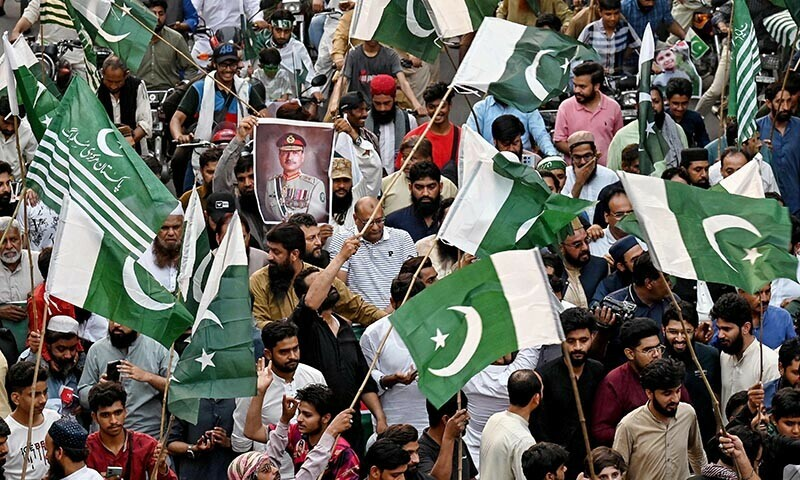
1. Public Celebrations Across Pakistan
- Streets flooded with flag-waving crowds in Islamabad, Lahore, and Karachi.
- Social media trends like #PakVictory2025and #NewDawn went viral.
- Military parades and speeches by leadership highlighting “national unity.”
2. Veterans’ Reactions
- Former generals praised the “unconventional warfare model.”
- War veterans called it “1971’s redemption” (symbolic reversal of India’s 1971 victory).
3. Global Media Narratives
- Western outlets: “How Pakistan Defied the Odds.”
- Indian media: “A Wake-Up Call for Bharat.”
- Chinese state news: “A Triumph of Strategic Brotherhood.”
This victory isn’t just about strategy—it’s about the people, the emotions, and the stories behind the headlines.
In the face of fabricated narratives, Pakistan’s victory stands not just as a military triumph, but as a testament to the nation’s unyielding spirit—where truth, strategy, and the will of the people converged to rewrite history.
